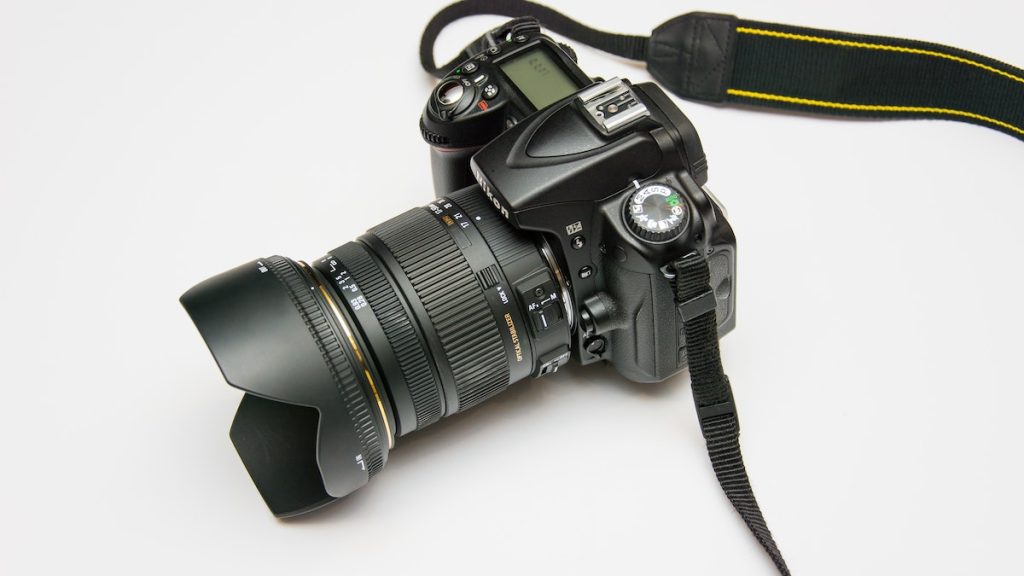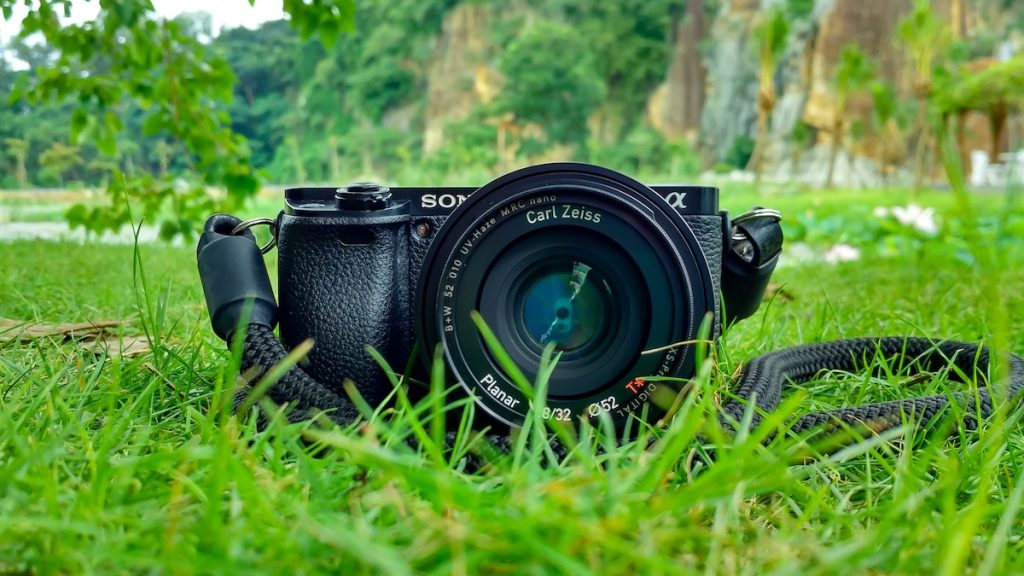Table of Contents
Cameras have become an integral part of our lives. They allow us to capture and preserve memories, document events, and express our creativity. But how do cameras work? In this article, we will explore the science behind cameras and their workings.

Definition of a Camera
A camera is an optical device that captures and records images by exposing light-sensitive material or an electronic image sensor to light. The images are then stored on a medium such as a film or digital storage.
Importance of Cameras
Cameras are important for a variety of reasons, including preserving memories, capturing moments in history, documenting events, and creating art. They are used by photographers, filmmakers, journalists, and everyday people to tell stories and share their perspectives.
Overview of How Cameras Work
Cameras work by capturing and recording light. Light enters the camera through the lens, which focuses the light onto the image sensor or film. The image sensor or film captures the light and records it as an image. The resulting image is then stored on a medium for later viewing or printing.
Parts of a Camera
Lens
The lens is one of the most important parts of a camera. It focuses the light onto the image sensor or film, creating a sharp and clear image. Lenses come in a variety of types and sizes, each with its own unique characteristics and use.
How a Camera Lens Works?
A camera lens works by bending light as it passes through the glass elements in the lens. This bending of light creates a focused image on the image sensor or film.
Shutter
The shutter controls the length of time that the image sensor or film is exposed to light. The longer the shutter is open, the more light is allowed to enter the camera, and the brighter the resulting image.
Aperture
The aperture controls the amount of light that enters the camera. It is a circular opening in the lens that can be made larger or smaller to control the amount of light that enters the camera.
Image Sensor
The image sensor is a small chip that captures the light and records it as an image. Image sensors come in a variety of types and sizes, each with its own unique characteristics and use.
Viewfinder
The viewfinder is a small window on the camera that allows the photographer to see what the lens is seeing. It helps the photographer frame the shot and ensure that the image is in focus.
How a Camera Captures an Image?

Light Enters the Lens
When the photographer presses the shutter button, the lens opens and allows light to enter the camera.
The Aperture Controls the Amount of Light
The aperture controls the amount of light that enters the camera. The photographer can adjust the aperture to create a brighter or darker image.
Shutter Speed Determines the Length of Exposure
The shutter controls the length of time that the image sensor or film is exposed to light. The photographer can adjust the shutter speed to create a longer or shorter exposure.
Image Sensor Captures the Image The image
sensor captures the light and records it as an image. The resulting image is then processed and stored on a medium for later viewing or printing.
How a Film Camera Works
In a film camera, light enters the lens and exposes the film. The film is then developed and processed to create a physical image.
How a Digital Camera Works
In a digital camera, light enters the lens and is captured by the image sensor. The image sensor converts the light into digital data, which is then processed and stored as a digital image.
How a Phone Camera Works
A phone camera works in much the same way as a digital camera. The phone’s camera app uses the phone’s built-in image sensor to capture the light, which is then processed and stored as a digital image. Some phone cameras also have additional features, such as portrait mode and filters, that allow the user to enhance and customize their images.
How the Camera Works on Different Devices?
Peloton
The Peloton camera allows users to video chat during their workout classes. The camera captures the user’s image and streams it to other participants in the class.
Apeirophobia
In the horror game Apeirophobia, the camera is used as a tool to uncover clues and solve puzzles. The player must use the camera to capture images of hidden objects and decipher messages.
Echo Show
The Echo Show’s camera is used for video calling and communication with Alexa. The camera captures the user’s image and streams it to the other participant in the call.
Bereal Camera
The Bereal camera is a 360-degree camera that captures images and video in all directions. It uses multiple lenses and sensors to create a panoramic image.
Apple Watch
The Apple Watch’s camera is used for FaceTime calls and taking photos. It is located on the side of the watch and captures the user’s image.
Alexa
Alexa’s camera is used for video calling and communication with other devices. The camera captures the user’s image and streams it to the other participant in the call.
iPhone 13
The iPhone 13‘s camera is a dual-lens system that captures high-quality photos and video. It uses advanced features such as Night mode and ProRes video to enhance the user’s images and videos.
Ark
In the survival game Ark, the camera is used as a tool to scout out new areas and gather information. The player can use the camera to capture images of creatures and landscapes and plan their strategy accordingly.
Conclusion
In conclusion, cameras are complex devices that use advanced optics and technology to capture and record images. From film cameras to digital cameras to the cameras on our phones and other devices, cameras have become an integral part of our daily lives. Understanding how they work can help us to appreciate their capabilities and unlock their full potential. Whether we are capturing memories, documenting history, or expressing our creativity, cameras are an essential tool for sharing our experiences with the world.



